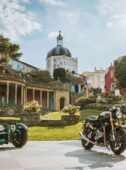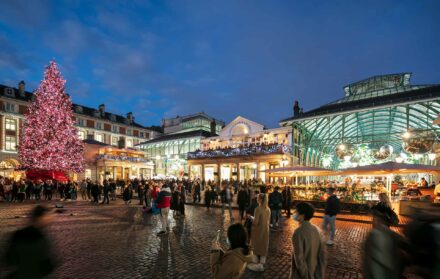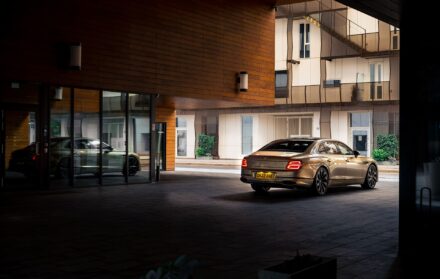
Lia Riva on Steering Italy’s Most Famous Yachting Dynasty
“My father always said his boats were ‘designed with love’”
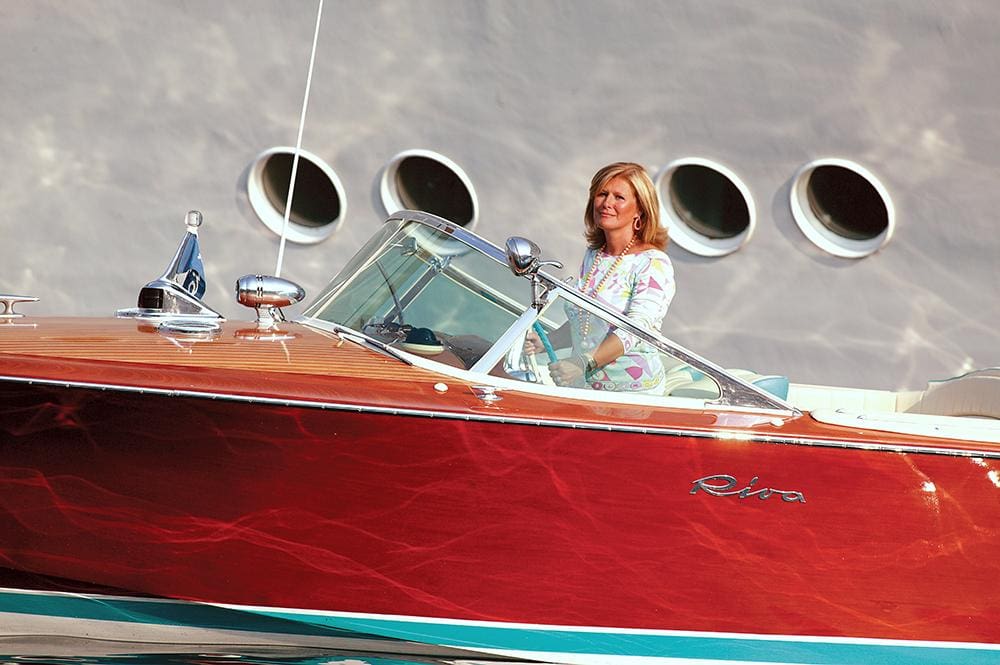
Romanticise the jet-set era of the gilded ’50s and certain images invariably spring to mind: Italian industrialists hobnobbing it around the Côte d’Azur with Hollywood’s leading ladies. Men like Gianni Agnelli, Richard Burton and Peter Sellers. Women such as Elizabeth Taylor, Brigitte Bardot, Sophia Loren and Anita Ekberg.
Imagine these movie stars and moguls navigating the winding roads of Saint-Tropez and Saint-Jean-Cap-Ferrat and you might picture then in an Alfa Romeo Giulietta Spider or a Pininfarina-designed Ferrari 250 GT cabriolet. He’ll be dressed in a casually cut, wide-lapelled linen suit or a Cuban-collared shirt open to the navel; she’ll be smouldering in an off-the-shoulder little black dress or a billowing wasp-waist skirt.
Visualise these pleasure-seeking aristocrats cutting through the azure waters of the Mediterranean, however, and your mind’s eye will only ever conjure up one type of boat: a wooden-hulled Riva yacht – so succinctly and emphatically does that polished-mahogany pocket cruiser embody the halcyon heyday of la dolce vita.
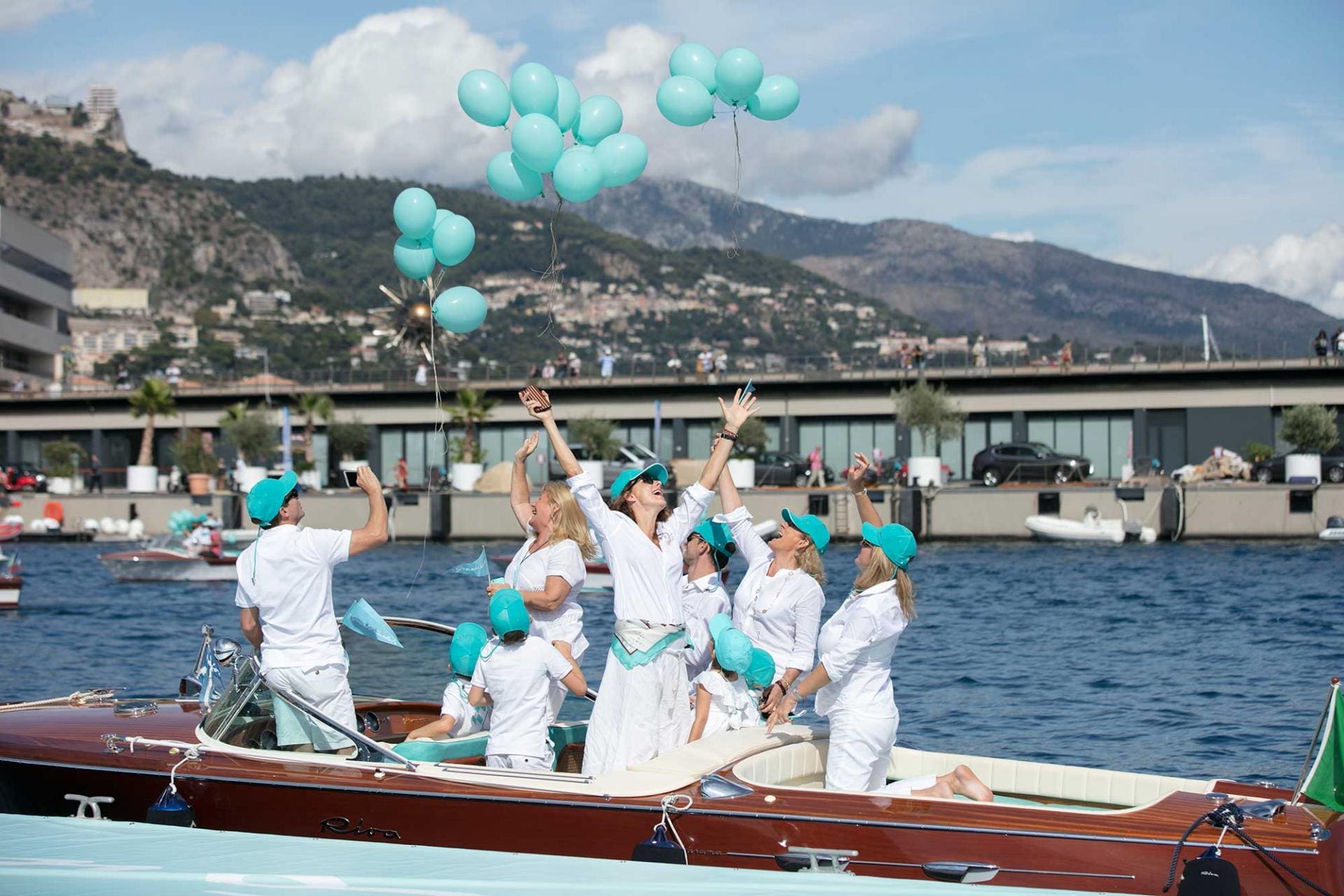
Riva’s history stretches back to 1842, when a young craftsman by the name of Pietro Riva began repairing boats damaged by a storm on Lake Iseo, Sarnico. The boatbuilder, now owned by the Ferretti Group, has evolved from wood to fibreglass to produce triple-decked superyachts, but its image remains indelibly linked to one boat above all others: the majestic Aquarama.
“The elegant design of the Aquarama, the boat my father designed, made it an instant classic,” says Lia Riva, great-great-granddaughter of Pietro Riva, who helms Monaco Boat Service, the exclusive Riva dealer to the principality and to France as a whole. “It became a symbol of glamour. So many icons of that golden era of the 1950s and 60s owned one: Brigitte Bardot, Sophia Loren, Ingrid Bergman – the list goes on and on.”
Unlike his father Serafino Riva, who built boats for speed – a Riva achieved an impressive 13 knots in 1912 and in 1934 set a world speed record with a 1,500cc BPM engine – Carlo Riva was the first family member to design boats purely for pleasure.
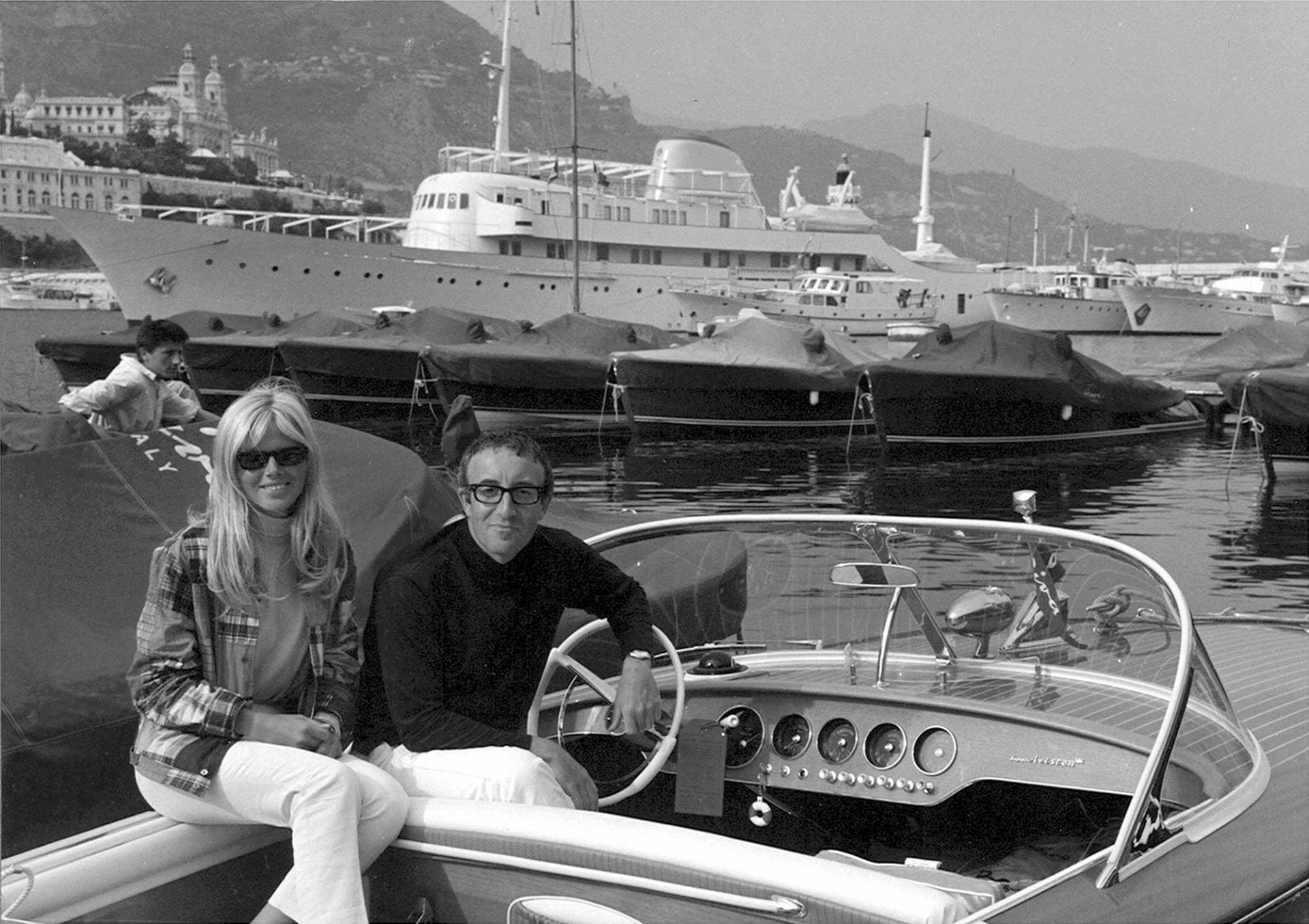
Inspired by the products of the American runabout yacht-builder Chris-Craft, for which he had acted as an agent, Carlo Riva’s early leisure cruisers included the Florida, the Sebino and the Ariston. He described the latter as “strong and pure, like a thoroughbred horse.” Following these dainty water vessels, the Aquarama debuted at the third International Nautical Fair in Milan in November 1962, its hull based on the Tritone, the company’s first twin-engine boat from the decade before.
“My father always said his boats were ‘designed with love’,” says Ms Riva. “He was the pioneer who established Riva’s legendary design and reputation for innovation. With the Aquarama, especially, he set the benchmark for all the other boats that came after.”
The Aquarama, with its sweeping wrap-around windshield, took its name from the widescreen Cinerama movie format being popularised at the time. Sheathed in varnished mahogany and capable of speeds of 45 or 50 knots, depending on which Cadillac or Chrysler engine was providing the power, the boat was both dazzlingly beautiful and staggeringly quick. It became known as the ‘Ferrari of the boat world’. Years later, it would prompt Alberto Galassi, CEO of Ferretti, to claim that “the yachting world can be divided into two eras: before and after Carlo Riva”.
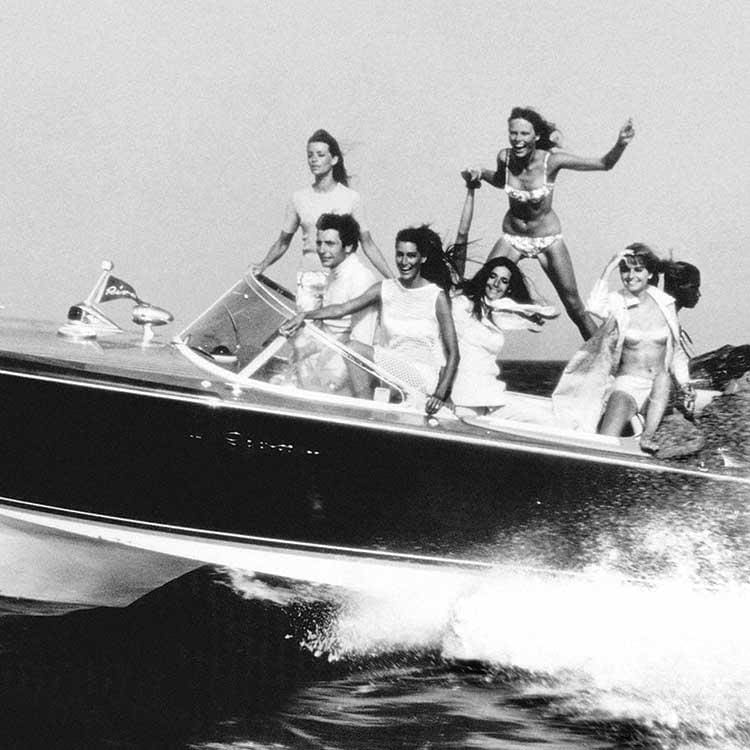
Today, there’s more to Riva than mid-century runabouts. Carlo Riva relinquished control of the company in 1969 when he sold the firm to American fibreglass specialist Whittaker, though he remained chairman and general manager until 1971 (at which point his brother-in-law, Gino Gervasoni, stepped in to steer the company until 1991). Bought by Vickers, one-time owner of Rolls-Royce, in 1988, Riva Yachts was subsequently acquired in 2000 by Ferretti, Italy’s largest boatbuilding group, joining a portfolio that includes Ferretti Yachts, Pershing, Itama, CRN, Custom Line, Apreamare and Mochi Craft.
In 2004, Riva opened a 60,000 sqm shipyard in La Spezia, Liguria. Between this state-of-the-art plant and the company’s original boatyard on Lake Iseo, Riva’s current product line comprises 15 models that range from the eight-metre Iseo to the 50-metre MT. And yet, while Monaco’s Historic Grand Prix in May saw the launch of the company’s new flagship fibreglass flybridge – the 33.5-metre 110’ Dolcevita – it is Riva’s smaller, shinier wooden watercraft that remain its most emotive models. A fact that informed the 2001 launch of the Aquariva Super – “the modern take on the Aquarama,” says Lia.
Arriving a year after the company was bought by Ferretti, the 10-metre model’s large mahogany foredeck, inlaid with maple strips for a two-tone effect, harks back to the brand’s elegant vessels from the 50s and 60s. A total of 20 coats of varnish give each deck a glass-like aesthetic, while a pair of 370 HP Yanmar engines provide a top speed of 41.5 knots. The hull may now be comprised of Kevlar composites rather than wood, but the sun pad at the stern of the ship is an authentic throwback to the decks on which Bardot, Ekberg and Loren once lounged.
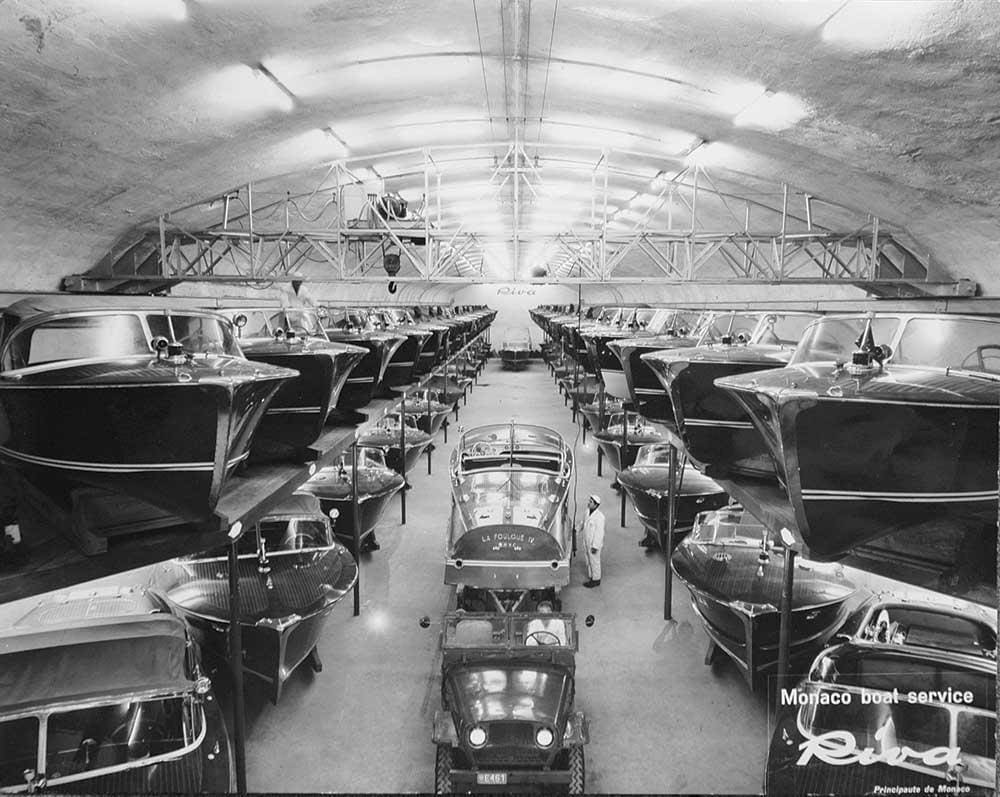
Following in her late father’s footsteps, Lia Riva’s contribution to the family business is to repair, charter and sell new and pre-owned Riva yachts through the Monaco Boat Service. Located at Port Pierre Canto, just a few steps from the Grimaldi Palace, the company is part-housed in the Riva Tunnel – a passage created in 1959 after two years of burrowing through rock beneath the palace. The tunnel is home to some of Riva’s most beautiful and historically significant boats, and it is from here that the business has expanded.
“In the last decade, we have added to our base in Monaco by opening offices in Cannes and Saint-Tropez,” says Lia. “This has been an important reconnection with our past. We famously had bases in these locations in the 1960s. We have also changed our business model to suit changing tastes and requirements. We now offer engine maintenance, repairs and technical assistance. We work closely with luxury hotels and with large events like the Cannes Film Festival.”
For several years, Lia, through Monaco Boat Service, has championed a variety of artistic projects in the principality and across the French Riviera. “Contemporary art for me is a personal passion,” she says. “We support and partner art projects whenever we can. For example, we work with the Le Nouveau Musee National de Monaco, as well as the Art Monte-Carlo and Le Festival Printemps des Arts. Each is a joy to be a part of and together form the highlights of Monaco’s cultural calendar.”
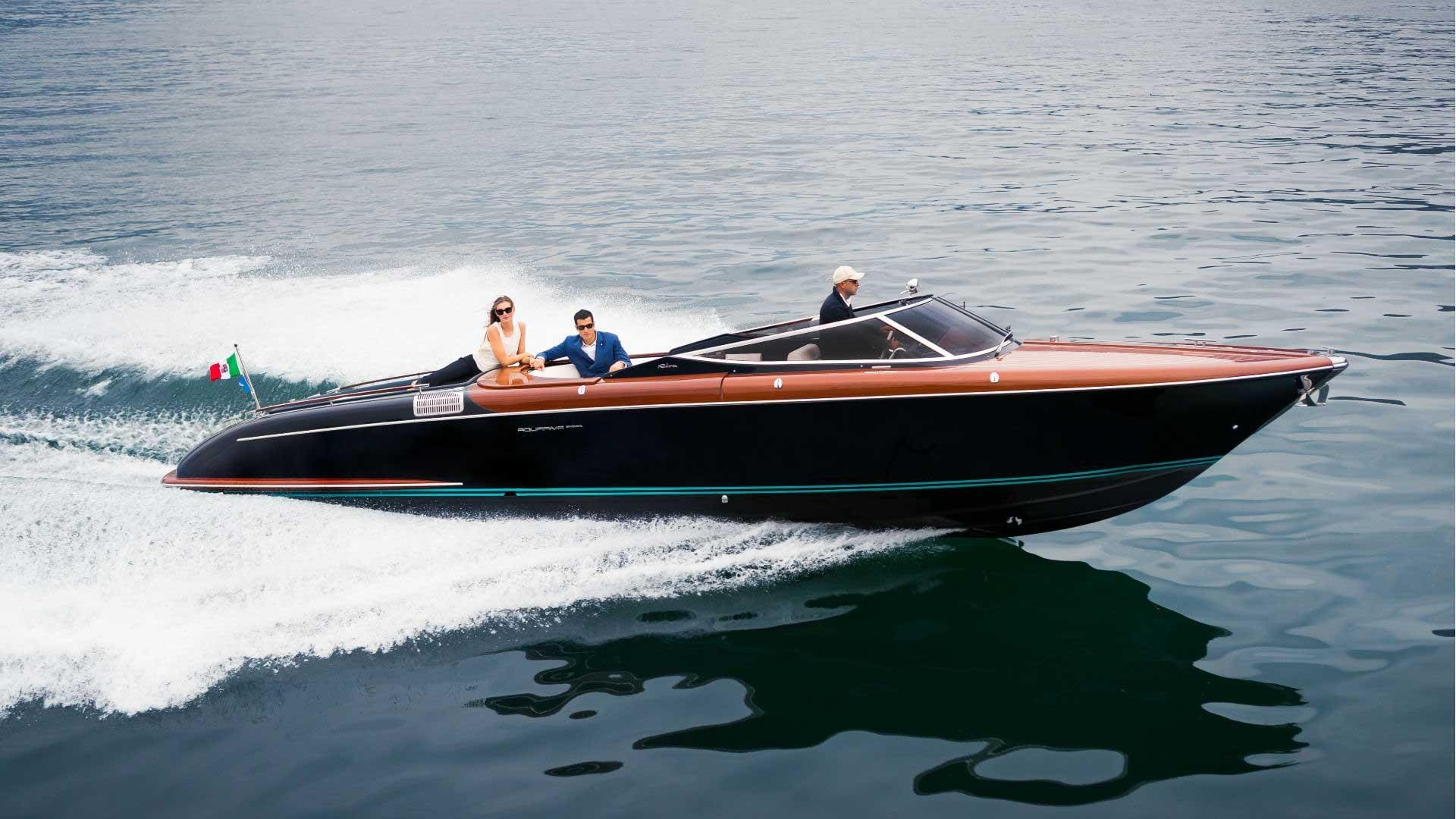
Another social highlight is the biennial Riva Trophy, the world’s most prestigious rendezvous for Riva owners. The two-day event takes entrants from Monaco to Saint-Tropez, via a series of races and sunset parties.
“There is a special bond created between participants over the event,” says Riva. “We become a tribe, a family. The Trophy is a fitting tribute to my father, someone who placed such a high value on family, friendship and adventure.”
As for the timeless attraction of the boats her father designed? “It’s difficult to explain,” she says. “But as soon as you see one of our vintage yachts, the enduring appeal explains its


